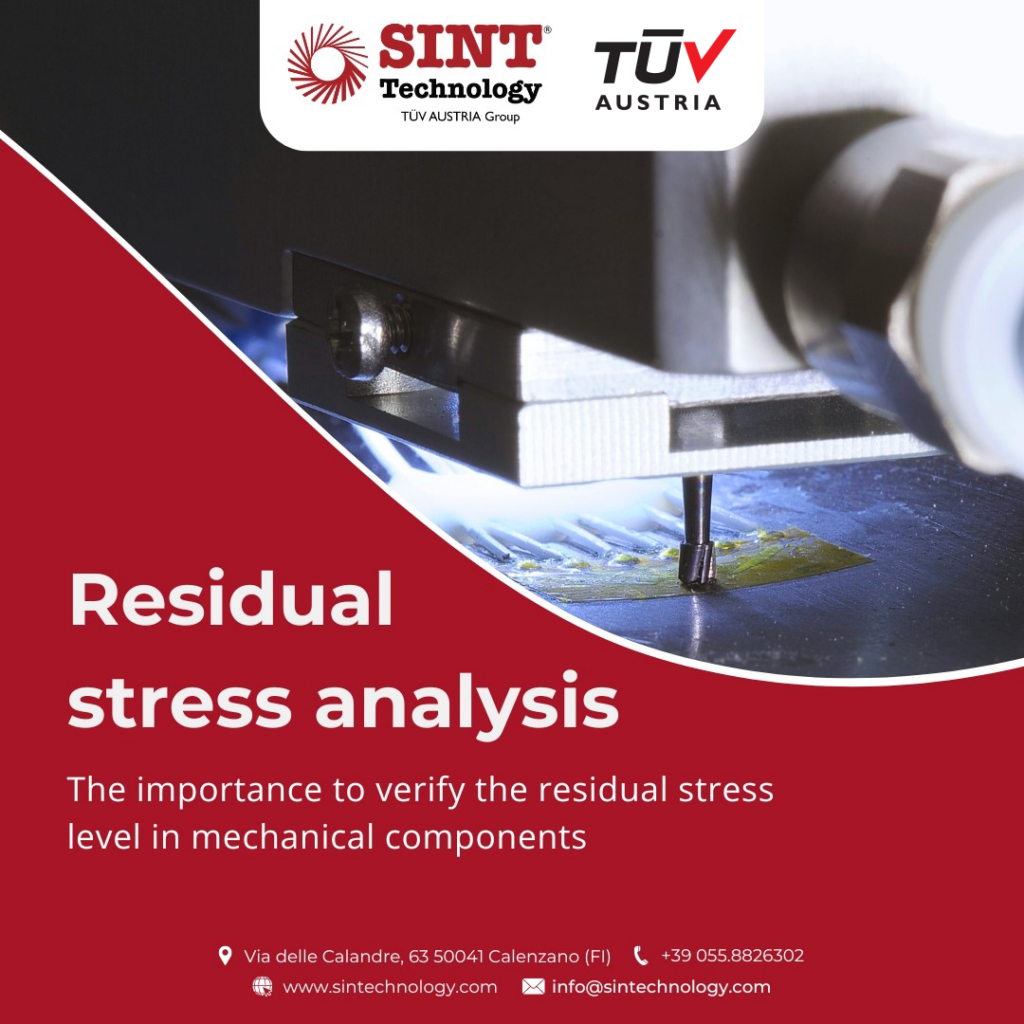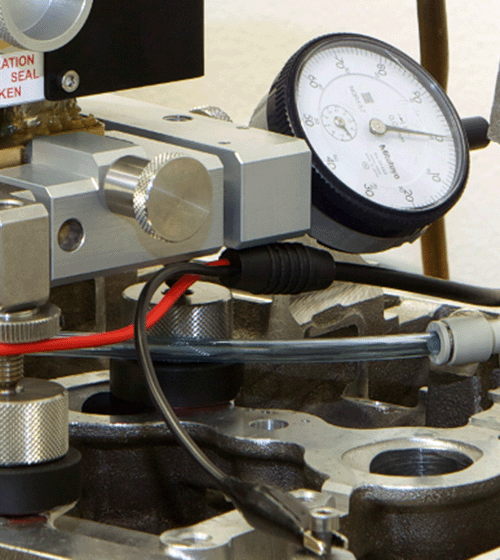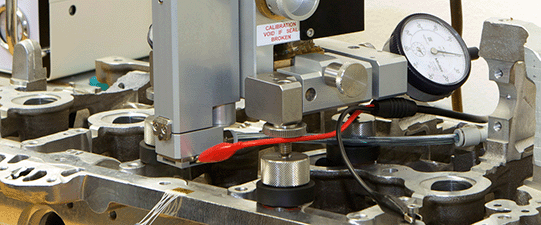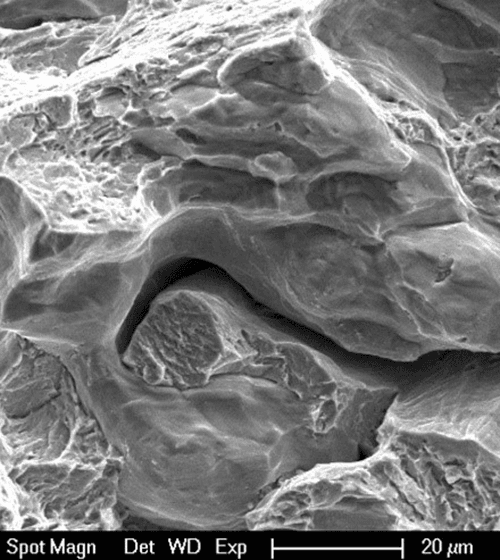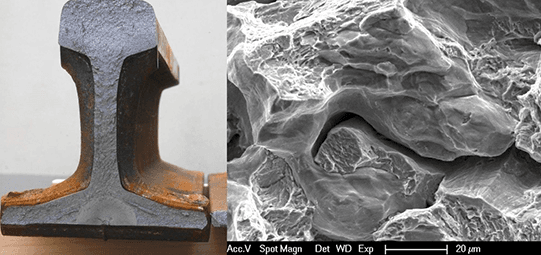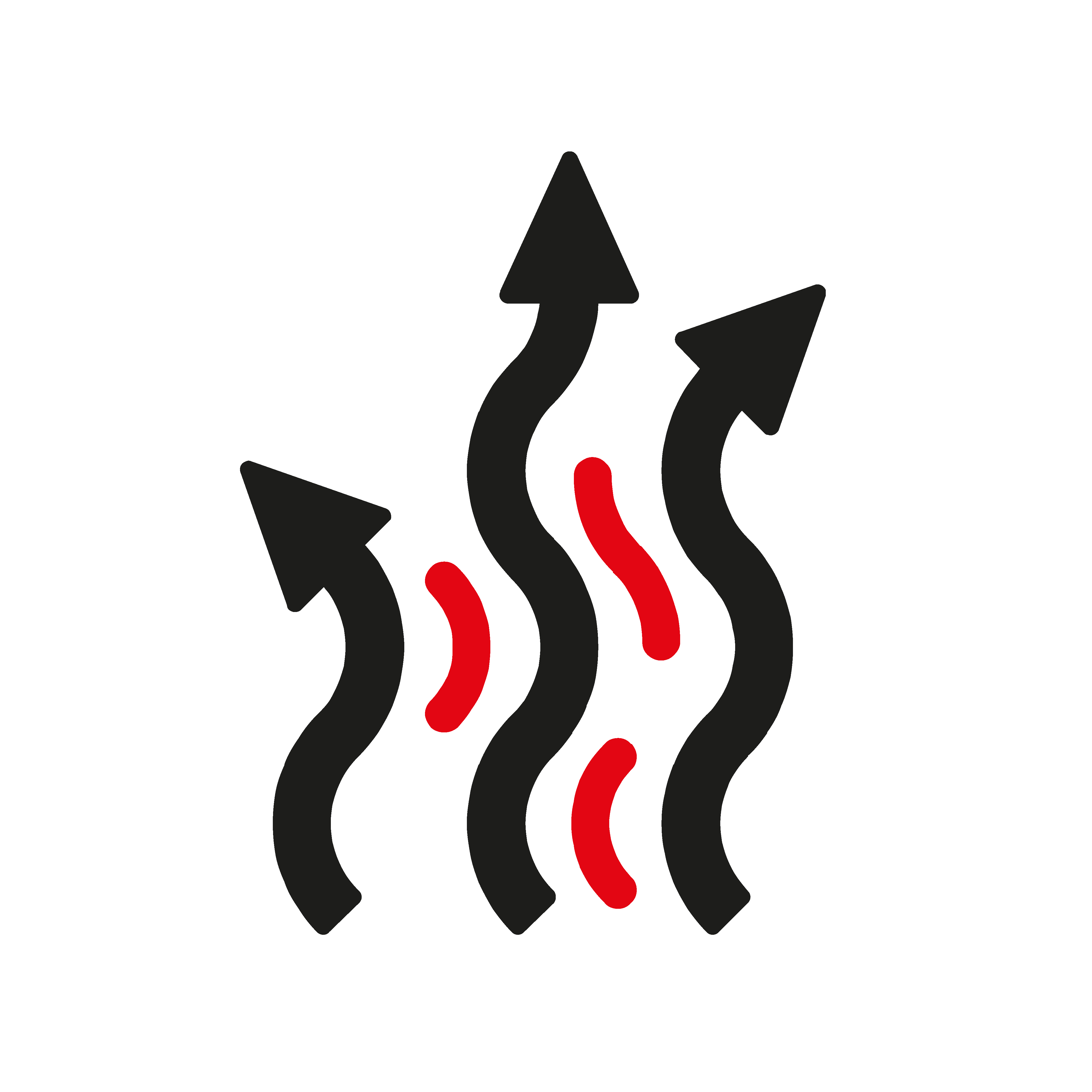Residual (or internal) stresses are present in all the mechanical components, and are mainly caused by the past “history” of the material: for example, fabrication or machining process, welding, heat treatment and non-uniform heating or cooling. These stresses naturally add to the ones induced by applied loads, and can strongly reduce the fatigue life of our components. In particular, this problem is crucial for some typical applications:
- Aerospace
- Automotive
- Energy
- Oil & Gas
It’s therefore very important to quantify the level of residual stresses. For this reason, there are several measuring techniques: these different approaches mainly use mechanical or diffractive methods, and can be divided in non-destructive, semi/micro-destructive or totally destructive.
The laboratory of SINT Technology has a wide experience in residual stress analysis, and is able to make tests by the following methods:
- Hole-drilling (semi/micro-destructive)
- Ring-coring (semi-destructive)
- X-ray diffraction (non-destructive)
- Sectioning, slitting and layering (destructive)
For the hole-drilling technique, SINT Technology is an ISO/IEC 17025 accredited test lab according to the ASTM E837 standard. The company also produces the MTS3000, fully automatic machine for measuring residual stresses by hole-drilling. More information:
